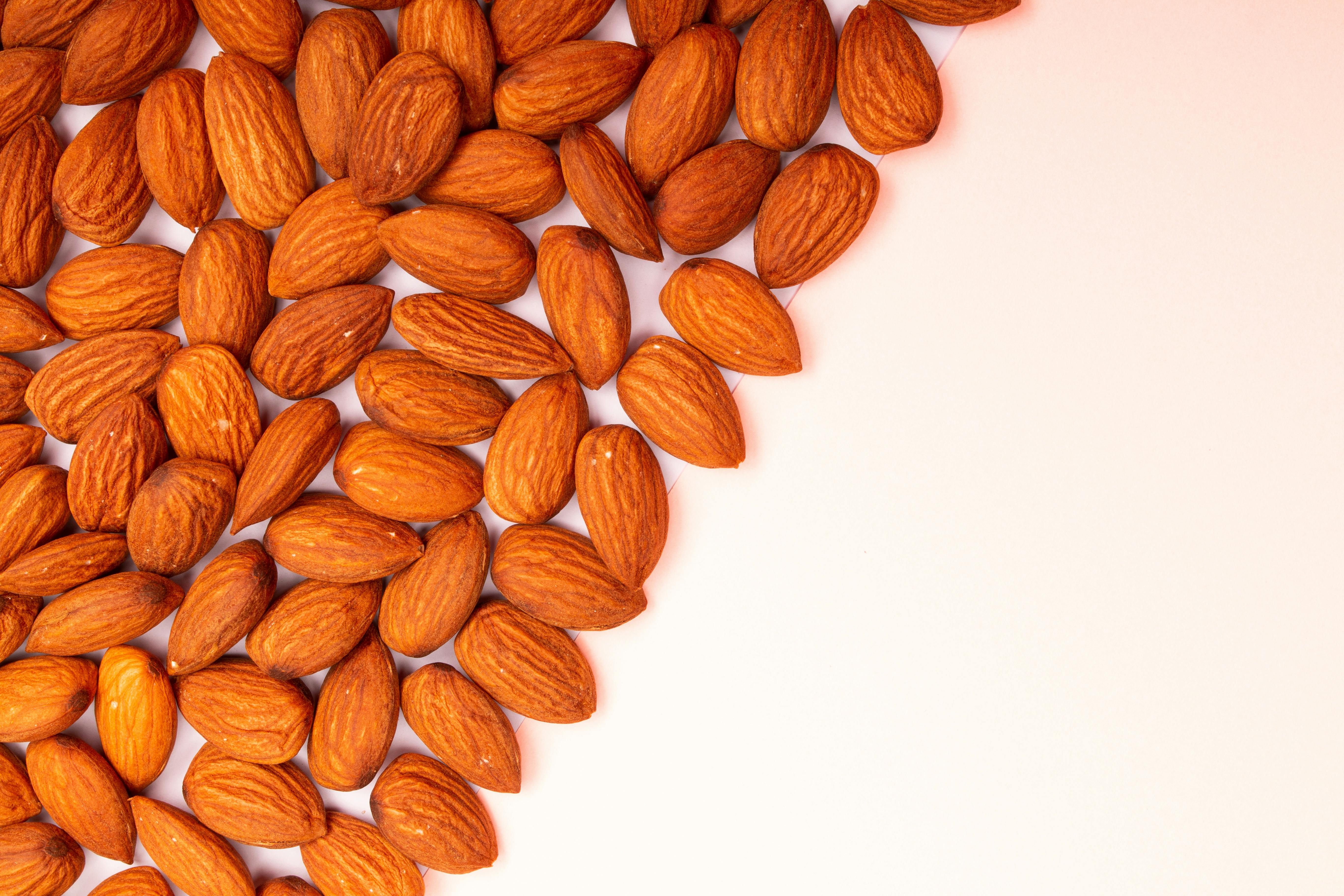
Smart Ways to Enjoy Guacamole: Carbs and Nutritional Benefits in 2025
Guacamole has become a beloved staple in many households, known for its creamy texture and rich flavors. As we approach 2025, understanding the nutritional benefits of guacamole is more vital than ever for health-conscious eaters. This article will explore the carbs in guacamole, its overall nutrition, and how it can fit into a balanced diet. We will also address common misconceptions, different guacamole recipes, and tips for storing and preparing this delicious dip. Whether you are a passionate fan or new to guacamole, our guide will equip you with essential knowledge about this versatile food.
Key takeaways include insights into the guacamole calorie count, its health benefits, and practical serving ideas. Moreover, we’ll delve into variations such as keto guacamole and low sugar guacamole, ensuring there's something for everyone, including those with dietary restrictions. From its nutrient content to delicious ways to enjoy it, let's dive into the world of guacamole.
Understanding Guacamole’s Nutritional Profile
Before we get into the specifics of making guacamole, it is crucial to understand its nutritional value. The primary ingredient, avocados, is packed with essential fats and nutrients. Typically, a standard serving size of guacamole is about two tablespoons, which contains approximately 50 calories and 4 grams of carbohydrates.
Avocado and Carbs: What's the Breakdown?
The carbohydrate content in guacamole primarily comes from the avocados themselves. One medium avocado contains about 12-15 grams of carbohydrates, along with around 10 grams of fiber. This means that the net carbs—subtracting fiber—are relatively low, making guacamole a suitable choice for low carb diets. It's essential to keep in mind how many carbs in guacamole settle within this framework, especially for those managing their carbohydrate intake.
Guacamole Calories: Examining the Serving Size
The calories in guacamole per serving may vary depending on additional ingredients. Traditional recipes often include lime, salt, onions, and tomatoes, which can enhance flavor without significantly increasing caloric content. For instance, adding a tablespoon of lime juice contributes negligible calories while boosting taste. Thus, being mindful of guacamole portion size is vital, especially during gatherings.
Nutritional Benefits of Avocados
Avocados are rich in healthy fats, particularly monounsaturated fats, which are heart-friendly. This has led to the perception of guacamole as beneficial rather than a guilty pleasure. By integrating guacamole into your meals, it's possible to enhance your dietary intake of essential vitamins such as Vitamin E, B vitamins, and potassium, offering numerous health benefits of guacamole.
Creative Guacamole Recipes for Every Occasion
Now that we have an understanding of guacamole's health benefits, let's explore some creative guacamole recipes. These recipes can cater to different occasions, whether it's a family gathering, game day, or a simple snack.
Traditional Guacamole
The classic guacamole recipe typically includes mashed avocados, lime juice, diced onions, and chopped tomatoes, achieving a harmonious blend of flavors. This simple, flavorful mixture is perfect as a dip or spread. It pairs exceptionally well with tortilla chips, emphasizing the guacamole vs other dips discussion.
Spicy Guacamole Variants
If you crave a bit of heat, consider incorporating diced jalapeños or chili flakes into your mixture. The spicy kick not only increases flavor but also provides a delightful contrast to the creaminess of the avocado. This spicy guacamole recipe is sure to impress guests at any party!
Healthy Alternatives
For those prioritizing health, consider preparing a low-carb guacamole using Greek yogurt to enhance creaminess without adding excessive calories. This variation still offers the rich flavors of traditional guacamole and provides a protein boost!
Health Considerations: Guacamole for Weight Management
While enriching in healthy fats, guacamole should be consumed in moderation, especially for those keeping track of their caloric intake. Understanding how guacamole can fit into a weight loss plan is essential.
Portion Control and Nutritional Balance
To avoid excessive calorie consumption, it's useful to practice guacamole portion control. A two-tablespoon serving is a healthy choice for incorporating guacamole without overindulging. It helps in balancing calorie intake, ensuring it complements your overall nutritional balance.
Guacamole and Fitness Enhancements
Indeed, incorporating guacamole in meals can aid in recovery from workouts due to its healthy fats that can help replenish energy. It's perfect for preparing sandwiches with avocado spread or as a side dish, making it an ideal guacamole for fitness option.
Guacamole Preparations and Alternatives
Sometimes, you may want to alter traditional guacamole for more variety. Explore unique guacamole flavors by adding fresh herbs, like cilantro, or ingredients like peach or mango for a refreshing twist. Consider guacamole alternatives such as avocado hummus when looking for something different!
Essential Tips for Storing and Storing Guacamole
Proper storage ensures that your guacamole remains fresh, flavorful, and safe to consume. Here are essential tips for keeping your guacamole in optimal condition.
Storing Guacamole Beautifully
To prevent browning, store guacamole with plastic wrap directly on the surface to limit air exposure. Consider adding a layer of lime juice for added freshness. This way, the vibrant green color remains enticing, making it a beautiful addition to any table.
Freezing Options for Guacamole
Guacamole can also be frozen for later use to avoid waste. Use an airtight container and replace the air to keep it fresh. Defrost overnight in the refrigerator for the best quality. This method is particularly useful for those engaging in guacamole meal prep.
Common Questions About Guacamole
Q: How many carbs are in a typical serving of guacamole?
A: A typical serving of guacamole contains around 4 grams of carbs due to the primary ingredient, avocados, which are rich in fiber.
Q: What are the health benefits of eating guacamole?
A: Guacamole is rich in healthy fats, vitamins, and minerals that contribute to heart health, improved digestion, and overall wellness.
Q: Can I include guacamole in a keto diet?
A: Yes! Guacamole is low in carbs, making it an excellent choice for those on a keto diet when consuming in moderation.
Q: How can I increase the nutrition value of guacamole?
A: Enhance the nutritional value by adding ingredients like Greek yogurt, fresh herbs, or beans for added protein and fiber.
Q: What are some tasty toppings for guacamole?
A: Popular toppings include diced tomatoes, onions, crumbled feta, or even crispy bacon bits, catering to various palate preferences.

 ```
```